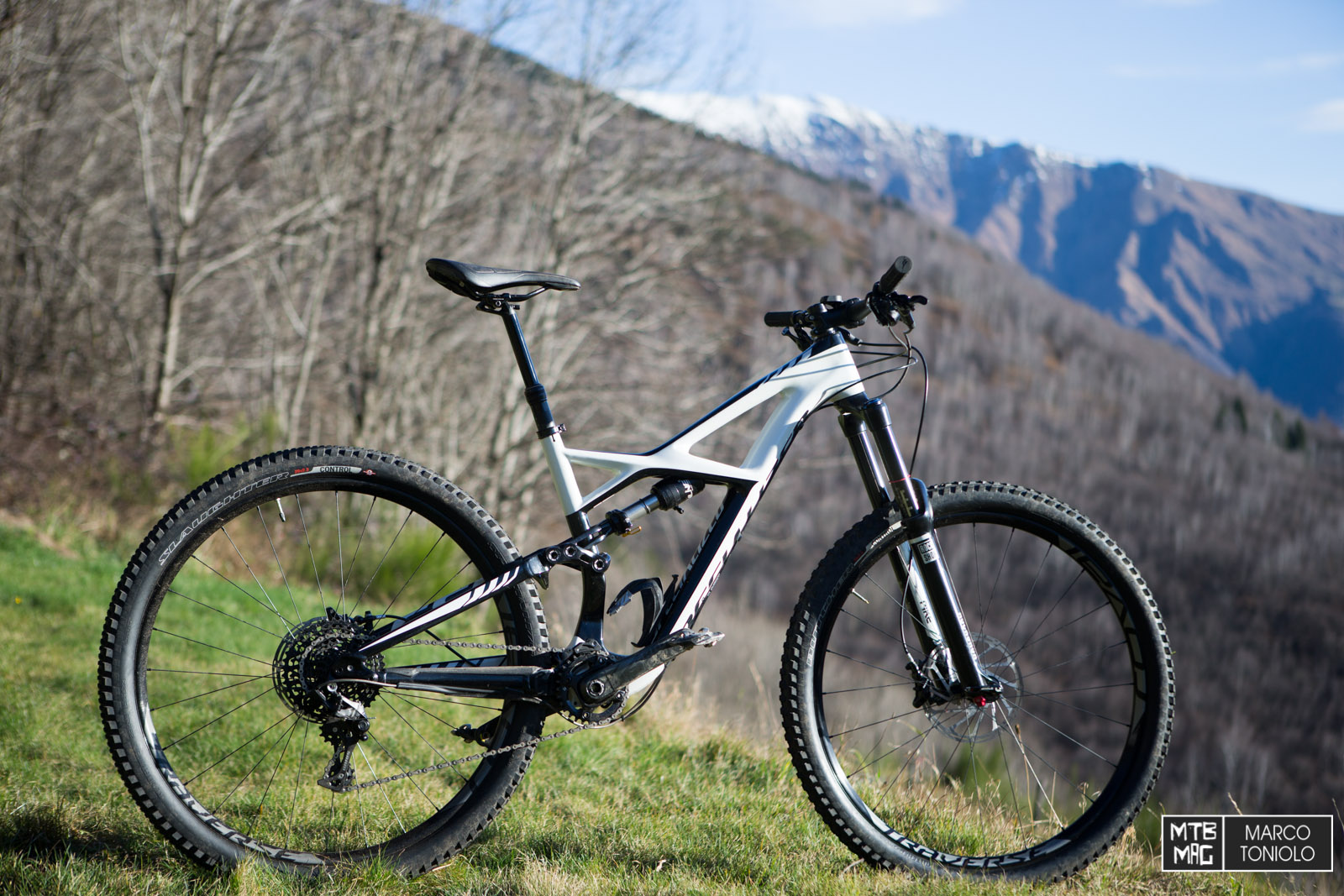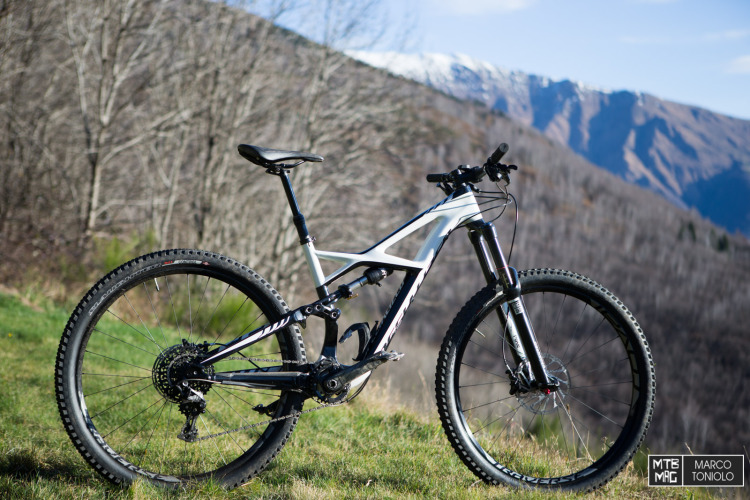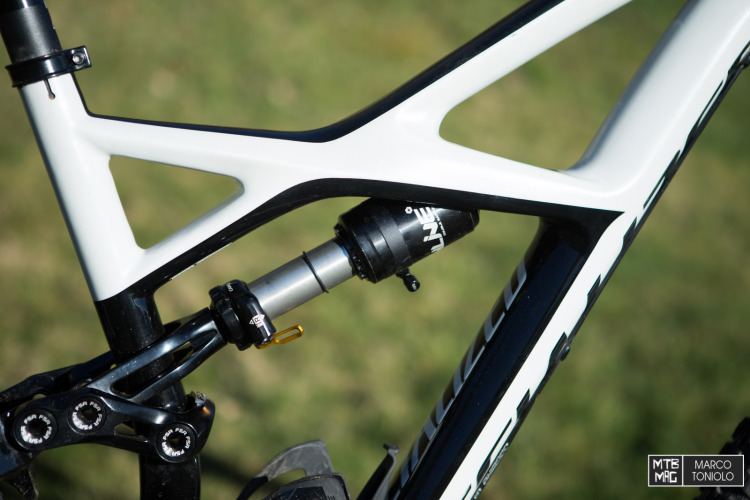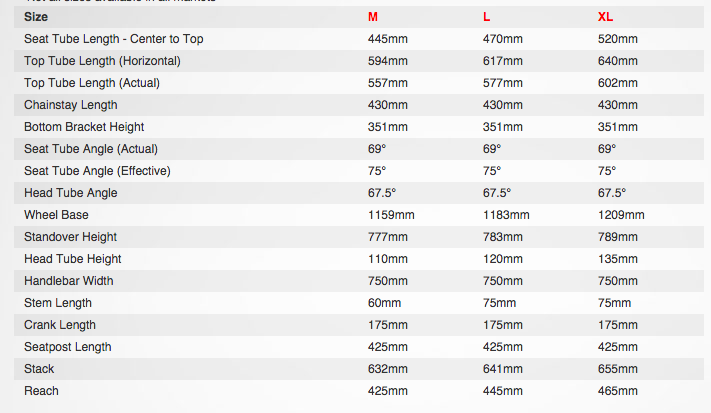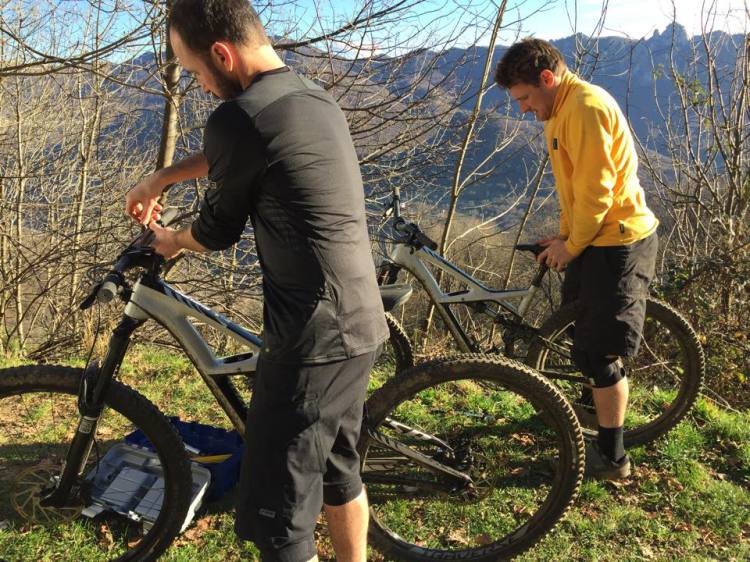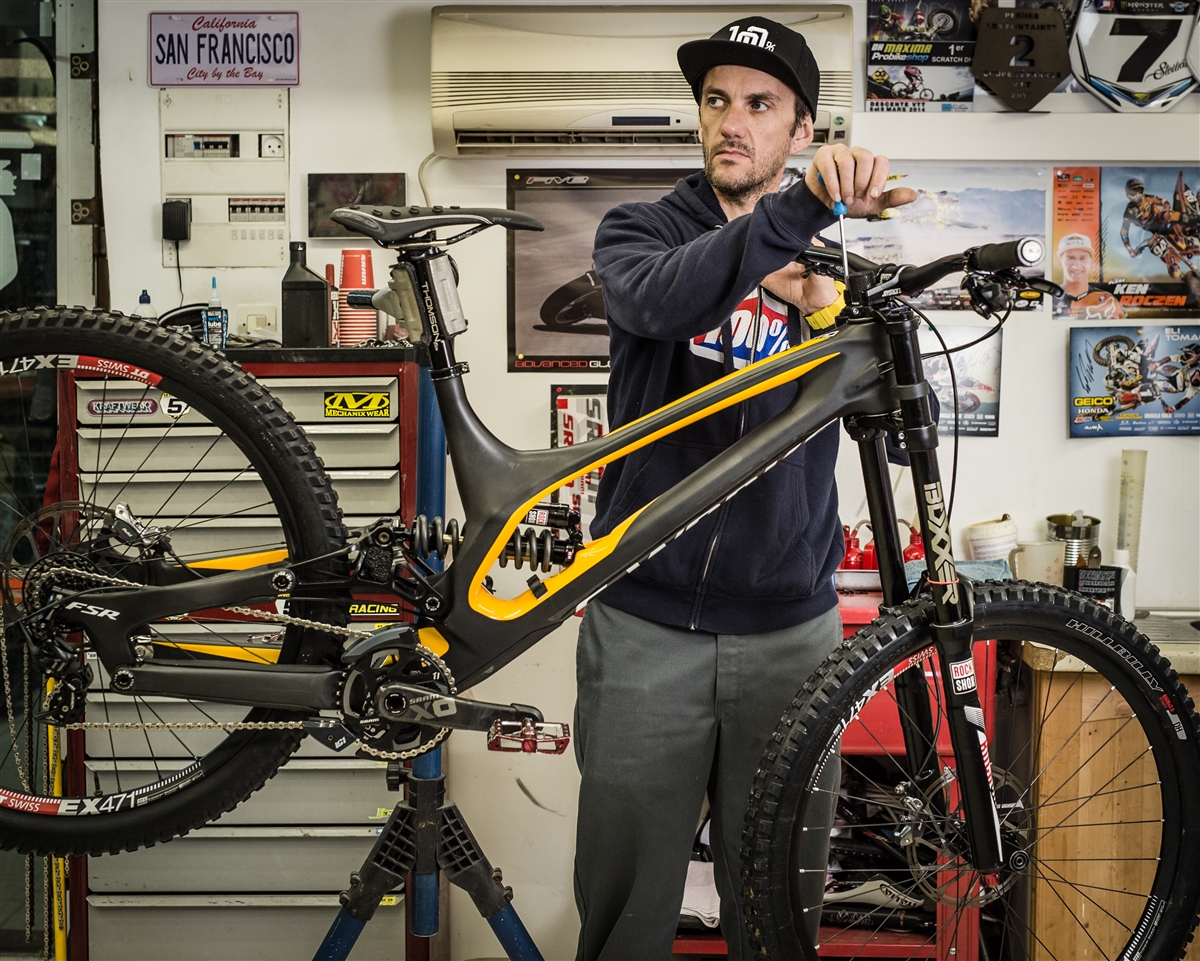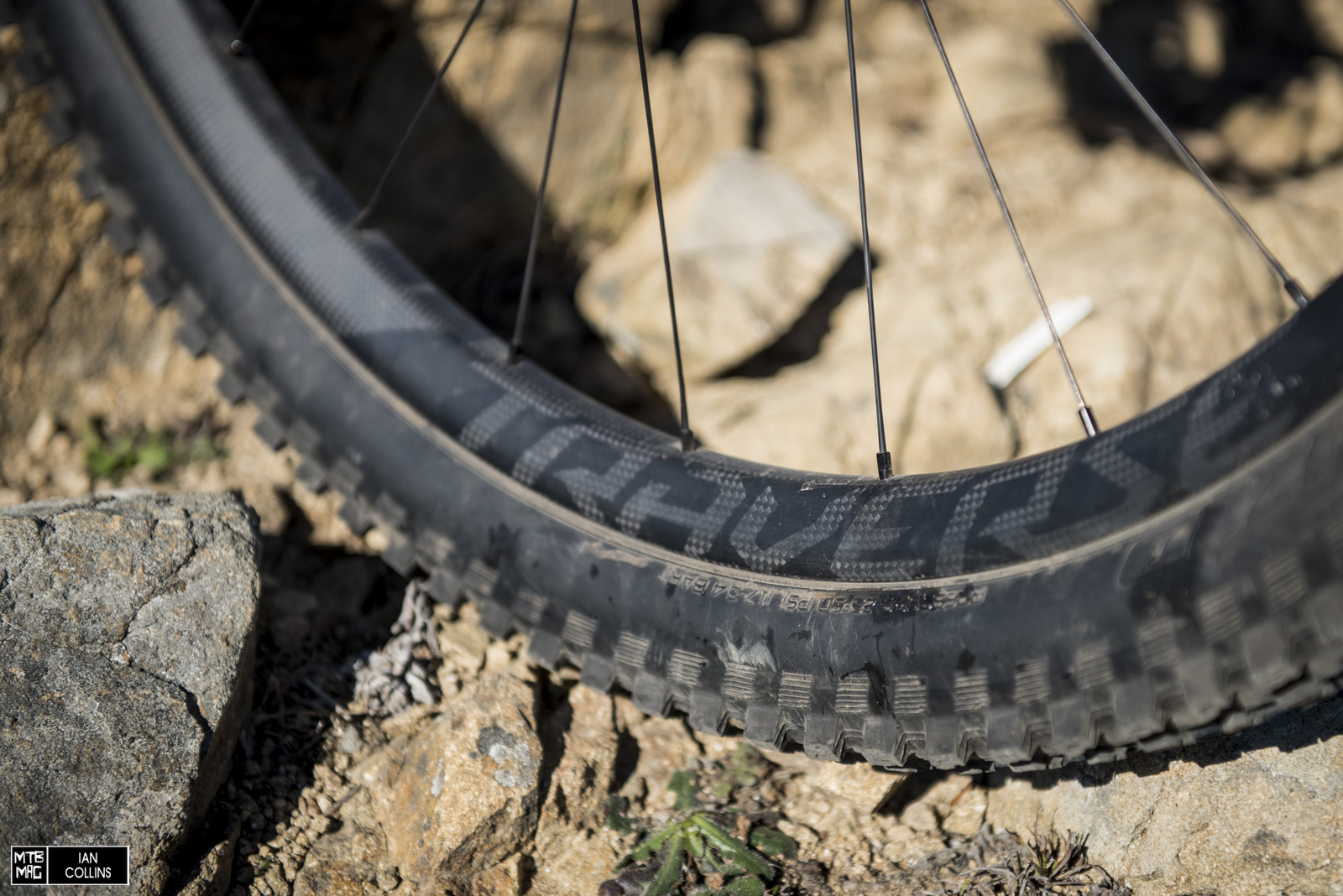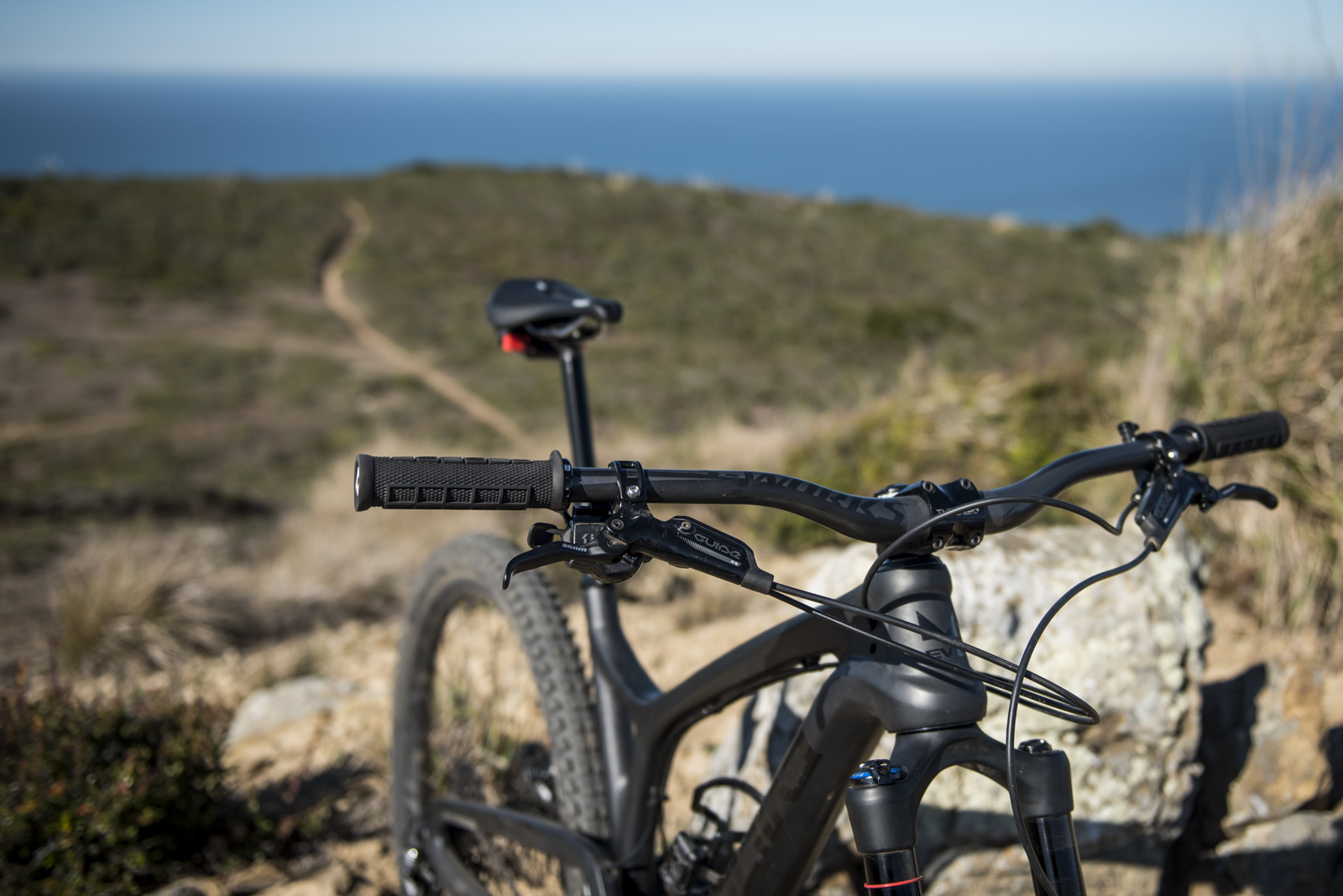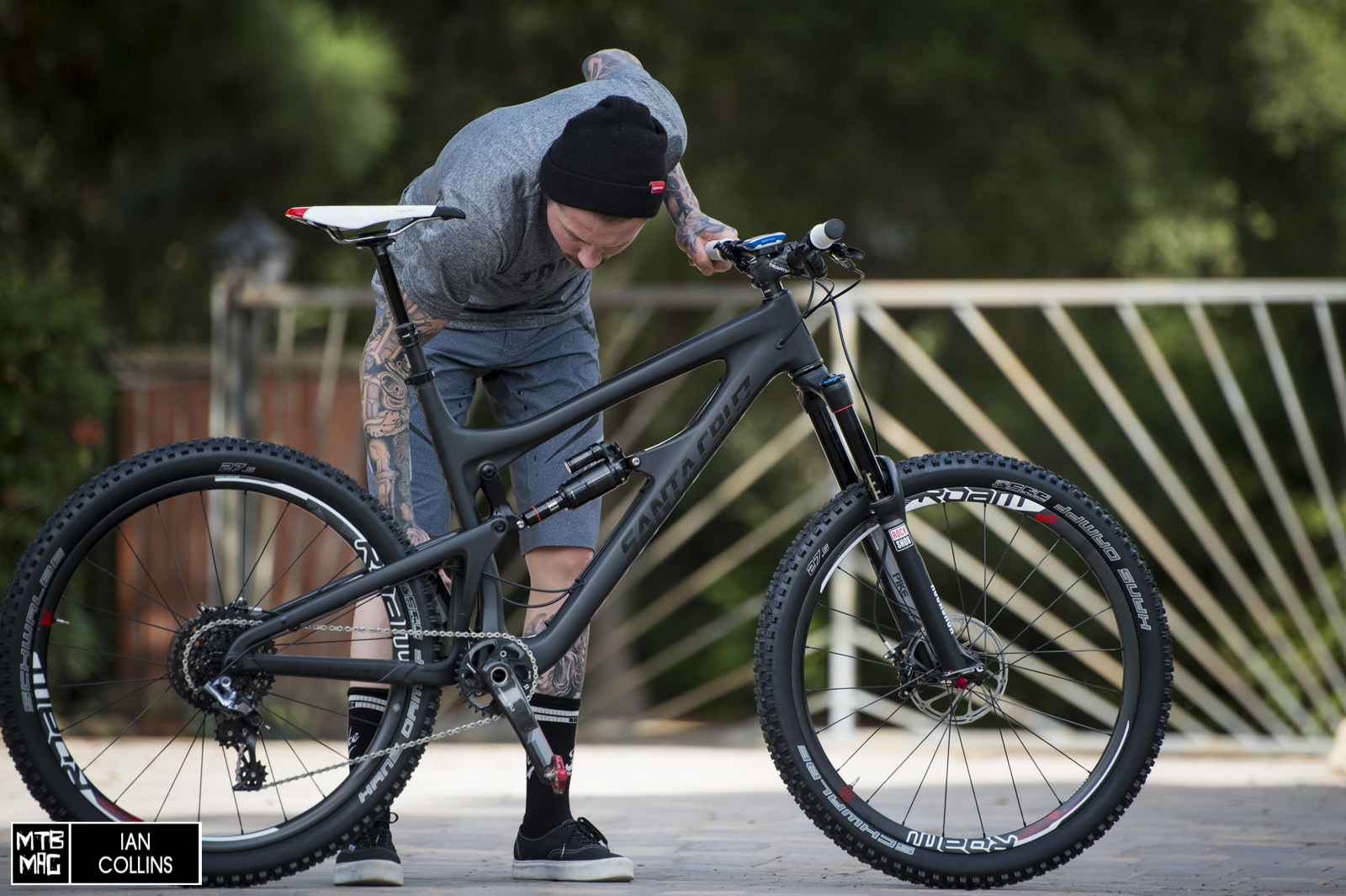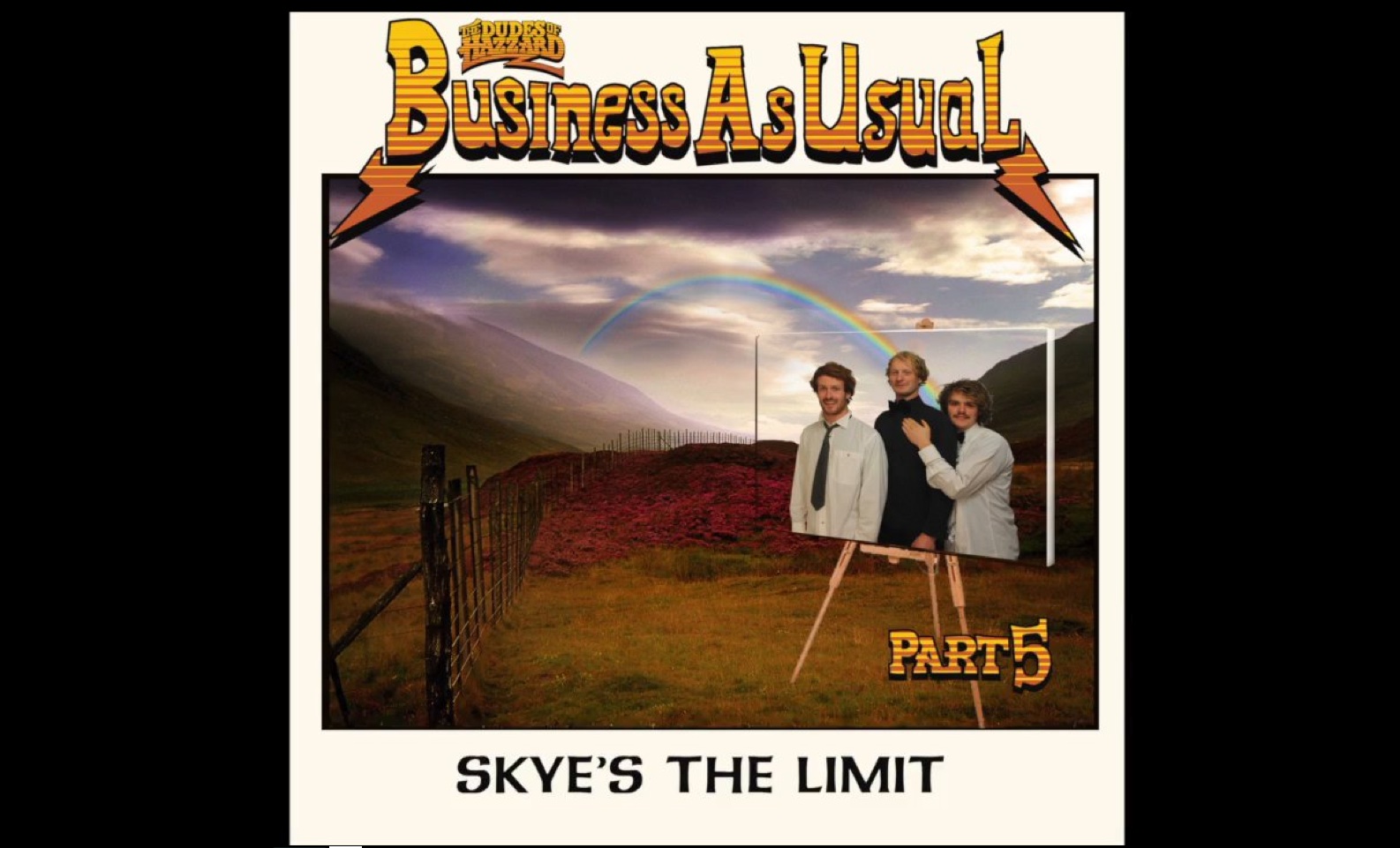After testing the Specialized Enduro Expert Carbon 650b, now it’s time for the twentyniner Enduro, originally brought to the public in 2013. It’s a unique enduro bike on the market with 29″ wheels, 155mm travel on the back and 160mm on front, and it’s easy to understand why: it’s hard to engineer a long travel 29er that is still agile and light enough to compete with other modern enduro bikes. Specialized succeeded by keeping the chainstays very short: 430mm vs. 420mm of the 26″ Enduro and 422mm of the 650b model. The other big problem – the weight – that’s been solved with a FACT IS-X 11m carbon front triangle, and a M5 alloy rear triangle. Note that the frame is identical to the S-Works version, but that bike has carbon wheels.
It’s no secret that Specialized loves 29ers, also for enduro, and it took them quite a long time to produce a 650b version of this bike, labelled as “if you want it, here it is, but the 29er is better”. Being better than a bike like the Enduro 650b is not easy: it ranked first “out of the box bike” in our big comparative review, so we were pretty curious: can the Enduro 29er really be better than that?
Out of the box
The Enduro frame has a unmistakable design that inspired many other brands with its elegance and its perfect proportions, even in the 29er model. In the photo you can see a frame size M, the smallest produced (the 29er is available as a M, L and XL size only): 29er haters have a hard time saying that this bike looks ugly or that the wheels are too big. The linkage is the classic Horst Link, featuring a Pike RC with 160mm travel and 8 compression settings on the top right knob, and a Cane Creek Inline shock that provides 155mm of rear travel. The Inline has 4 external settings: high/low speed compression and rebound. A good starting point for the setup is the base tune available on the Cane Creek website.
The drivetrain is a SRAM X01 with a custom crankset S-2200 carbon, a 30T chainring and a chainguide. The brakes are also from SRAM Guide RS with 200mm rotor on front and 180mm on rear.
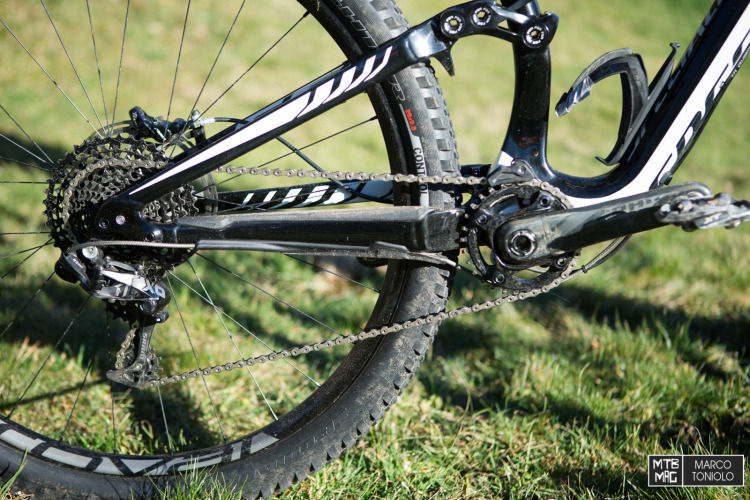

The other components come directly from Specialized: Roval Traverse Fattie wheels featuring a generous 29mm inner width rim that well combines with the Slaughter 2.3″ (rear) and Butcher 2.3″ (front) tires, which we rode tubeless. The alloy handle bar is 750mm wide and has 10mm Rise, quite low but necessary due to the tall front end of the bike. The stem is 60mm long, 6 degrees.
You can notice from this photo that there is plenty of clearing between tire and frame, even if the chainstays are very short.
Geometry
Uphill
It’s not even a discussion that 29ers prevail in the uphills: their excellent traction makes it possible to climb steep and technical hills where other bikes would crumble. The Specialized Enduro 29 is no exception: its low weight (for the category) and the 30T chainring help out a lot, letting the rider forget that this is an enduro and not a trail bike. Sure, you can feel the long travel, but this bike climbs really well, bringing the best uphill performance between all the enduro machines we have been testing. Part of this is due to the geometry, with its quite vertical seat angle (75°) and to the centralized riding position. The Inline shock in Climb mode helps to improve the traction, closing the low speed rebound and compression at the same time.
In the video above you can see the 2014 Superenduro series winner Marco Milivinti crossing a creek in the middle of a tight and wet turn with the Enduro 29. Later he rode the same spot with the Enduro 650b and he said it was easier riding the 29er because of its grip and easiness to roll over obstacles. It’s not so easy like it looks like in the video.
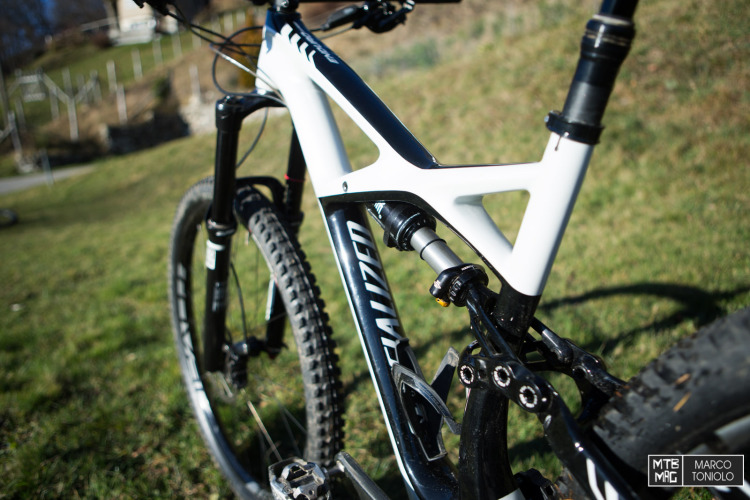
Downhill
Can an enduro bike with 29er wheels be as good as the new 27.5″ enduro bikes? This was the question going through our staff before riding the Enduro 29, and the answer is yes, but with some distinctions.
First of all the 29er rolls better over obstacles, uphill as well as downhill. The angle of impact between the ground and the tire is smaller than on a 26″ or 27.5″ wheel, and you can feel it. The Enduro 29er flows better on rocky terrain, especially when the rocks are not loose. A sort of “floating” that makes the riding easier on those conditions.
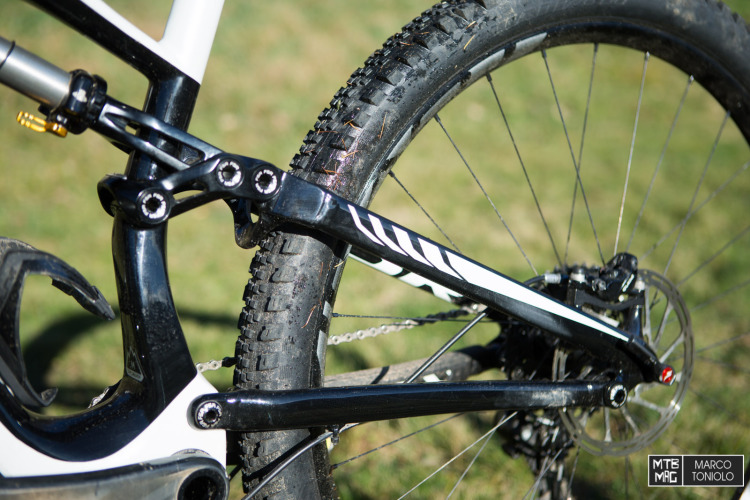
The big wheels, on the other hand, affect the behavior of the bike in the corners in two specific ways:
1) when approaching the corner. You’ll need to anticipate the turn more than with a 27.5″. You can literally feel the size of the wheels, even if the bike is not really much longer than a smaller wheel sized one.
2) In the corner: once you are in your line, it’s much easier to follow it. The Enduro 29er is very steady and holds a line easily because of it’s great rolling property that we mentioned before. This means also that it´s harder to change the line once you are in the turn: it’s less agile than a 27.5″.
When the trail becomes winding and slow, the Enduro 29 still turns very easily – for examples on alpine switchbacks. As said, it rolls very well over obstacles, and this means also at low speed, preventing over-the-bar crashes in trial sections.
When accelerating, like after a slow turn, the 29er requires more power to get back at speed, but it’s easy to hold this speed, once you have reached it.
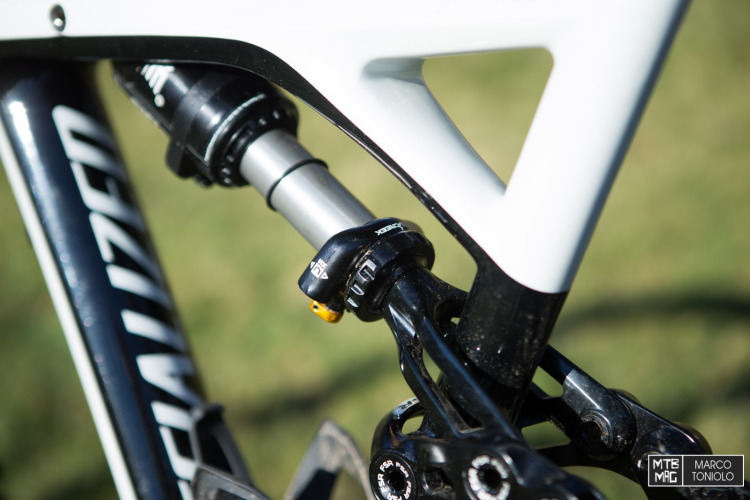
Regarding the suspension, we can confirm what we wrote about the 650b: the specs are the same. The only slight difference was due to the new Inline shock, that requires a fair amount of riding before it becomes really plush and sensitive. We like a lot the 8 compression levels on the Pike, changing the settings every now and then depending on the steepness and difficulty of the descents.

The 6° rise of the bar is a good choice to keep the front low, we have to admit that in the downhills we never felt high over the front wheel. During the climbs, on the other hand, the low bar is a must, if you want to climb the steepest of pitches.
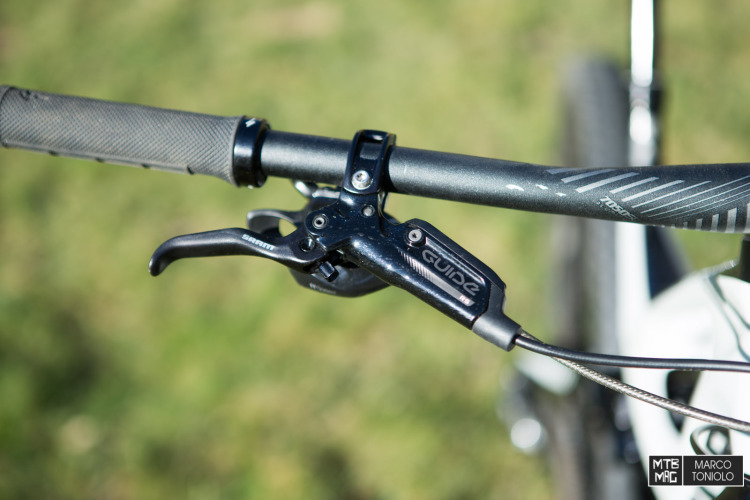
We have been riding the new SRAM Guide brakes since May on other bikes, and we liked a lot their performance, also on the Enduro 29. A dedicate review will be published soon.
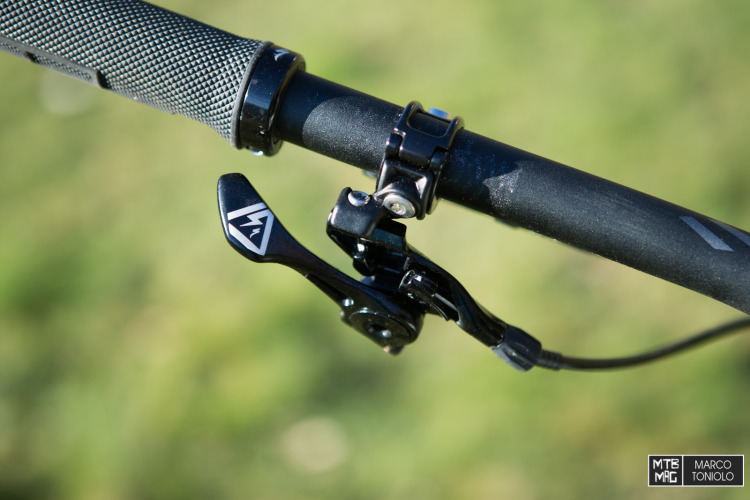
We really loved the remote control of the Command Post IR: it fits the SRAM Match Maker and requires exactly the same finger-movement like when you are shifting. The seat post does have a fair amount of lateral play, while the 3 preset positions didn’t bother us much because we normally ride it full out or in.
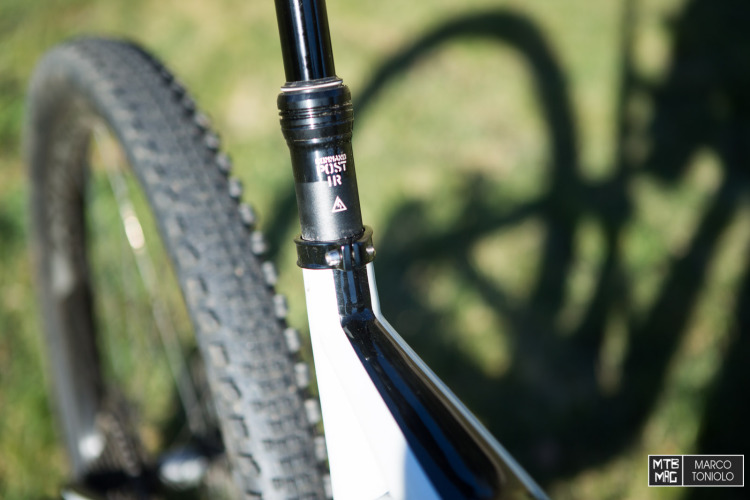
Last but not least we would like to talk about the wheels: they are a critical component on 29ers, because it’s hard to find the balance between stiffness and weight. Often Enduro owners upgrade their bike with expensive carbon wheels, but we don’t think this is necessary right after you purchase the bike. Sure, 24 spokes (only) in the front wheel can make you skeptical, and it’s a matter of fact that the Traverse Fattie 650b are stiffer than the 29″, but we could really feel it only after riding one bike right after the other. It means that the lower stiffness doesn’t critically affect the riding, especially if you are not a racer or a serious ripper.
We loved the wide inner rim: we rode the tires at lower pressures, increasing the traction and the grip. We had two hard landings on rocks, hitting the rim hard, but nothing happened, not even a cut tire. One of the reasons why we suggest you keep these wheels is if you buy the bike, and ride them, you will think twice before spending thousands of dollars on carbon fiber.
Conclusions
We have been positively surprised by the Enduro 29. Well thought geometry, low weight and a central riding position result in very good climbing and descending performance. For sure this is the best enduro bike when climbing. When pointing downhill, the strengths of this bike are great roll over capability and ease in holding the line in corners. Even if it needs to anticipate the corners more than a 27.5″ bike, the Enduro 29 is agile, for being a 29er, thanks to its short wheelbase (only 2 cm longer that the Enduro 650b). Good specs out of the box and no, you don’t have to change the wheels as soon as possible.
Specialized Enduro 650b or 29? In a couple of days we will publish our direct comparative review. Stay tuned!
Weight: 13.10 kg, tubeless tires.
Price: 6.600 US$

